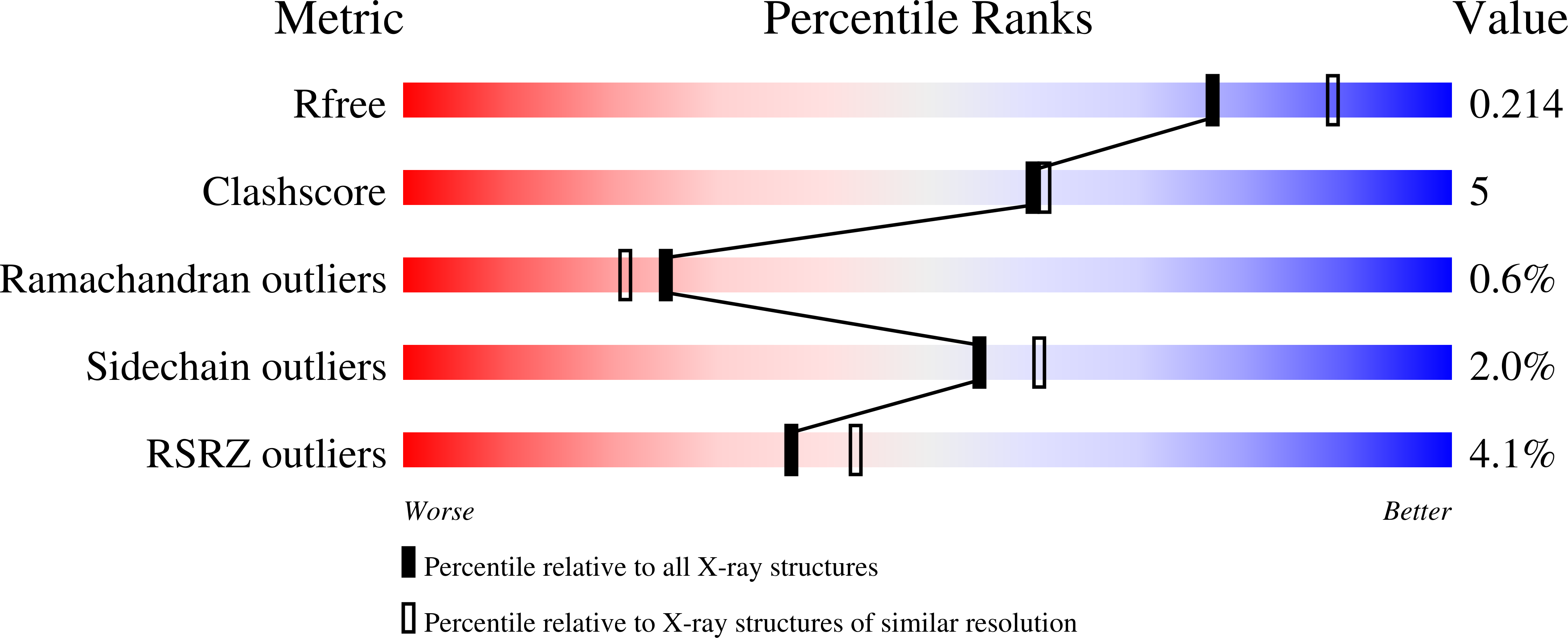Abstact
Domain of Unknown Function 89 (DUF89) proteins are metal-dependent phosphohydrolases. Exemplary DUF89 enzymes differ in their metal and phosphosubstrate preferences. Here, we interrogated the activities and structures of two DUF89 paralogs from fission yeast-Duf89 and Duf8901. We find that Duf89 and Duf8901 are cobalt/nickel-dependent phosphohydrolases adept at hydrolyzing p-nitrophenylphosphate and PPi. Crystal structures of metal-free Duf89 and Co2+-bound Duf8901 disclosed two enzyme conformations that differed with respect to the position of a three-helix module, which is either oriented away from the active site in Duf89 or forms a lid over the active site in Duf8901. Lid closure results in a 16 Å movement of Duf8901 Asp195, vis-à-vis Asp199 in Duf89, that brings Asp195 into contact with an octahedrally coordinated cobalt. Reaction of Duf8901 with BeCl2 and NaF in the presence of divalent cations Co2+, Ni2+, or Zn2+ generated covalent Duf8901-(Asp248)-beryllium trifluoride (BeF3)•Co2+, Duf8901-(Asp248)-BeF3•Ni2+, or Duf8901-(Asp248)-BeF3•Zn2+ adducts, the structures of which suggest a two-step catalytic mechanism via formation and hydrolysis of an enzyme-(aspartyl)-phosphate intermediate. Alanine mutations of Duf8901 Asp248, Asn249, Lys401, Asp286, and Asp195 that interact with BeF3•Co2+ squelched p-nitrophenylphosphatase activity. A 1.8 Å structure of a Duf8901-(Asp248)-AlF4-OH2•Co2+ transition-state mimetic suggests an associative mechanism in which Asp195 and Asp363 orient and activate the water nucleophile. Whereas deletion of the duf89 gene elicited a phenotype in which expression of phosphate homeostasis gene pho1 was derepressed, deleting duf8901 did not, thereby hinting that the DUF89 paralogs have distinct functional repertoires in vivo.



